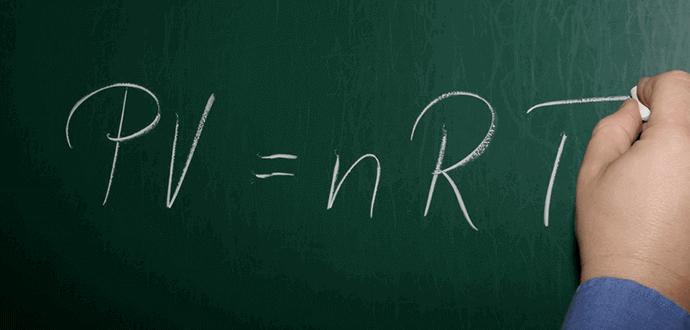Inconsequential Volume Paying Attention to the Details

The advent of manifold mounted, plug-in pneumatic valves has been a boon for machine builders. It allows them to mount complete valve packages in a safe and secure location on a machine. Using a D-sub connector, serial interface module, or similar single-point wiring system, all of the electrical control outputs can feed into one location on the manifold, greatly simplifying the wiring. Plumbing issues are reduced, since a single air pressure line can be used to feed a common pressure gallery. The same advantage applies to the common exhaust gallery. No longer would both a plumber and an electrician be required to replace a valve, since any valve can be replaced without disturbing electrical connections or plumbing lines.
Like most advances, there can be some downsides to this type of arrangement, depending upon the application. One of these revolves around considerations for energy conservation. Most circuits include two air lines extending from the valve to the actuator, one for extend and one for retract. Each time the valve cycles, the actuator is pressurized on one side or the other. Of course, the hose or tube that connects them must also be pressurized. This tubing volume is typically ignored as inconsequential when doing our sizing calculations, but should not always be overlooked.
The tubing volume offers no work at all…only a means of transferring the energy of the compressed air to the actuator. Inconsequential? Maybe. But depending upon the application, those volumes can be significant.